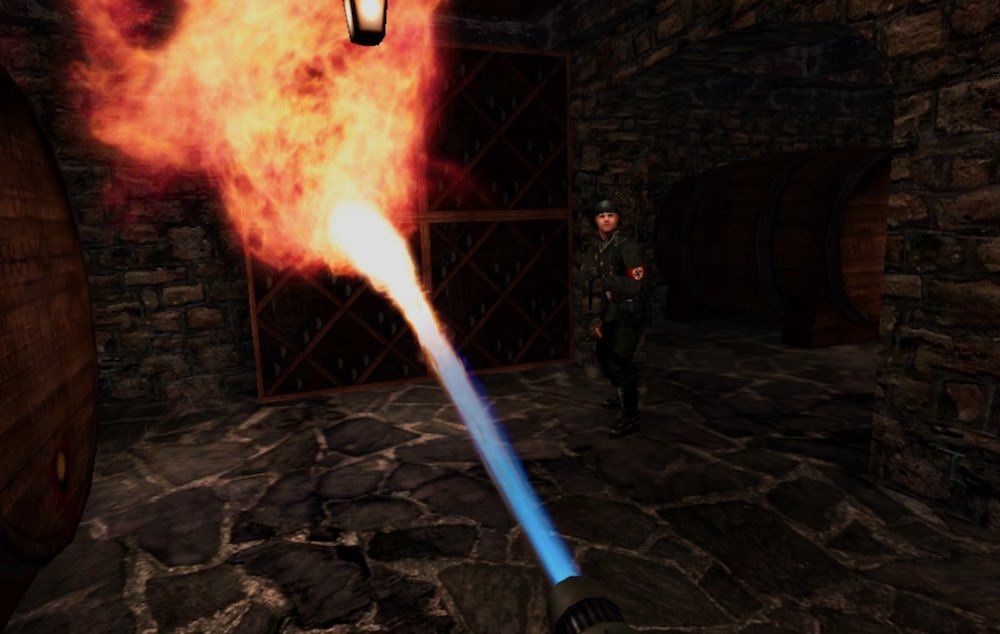One of the big bombshells of this GDC has been the announcement of the commercial version of Project Morpheus for PS4, which will be produced during the first half of 2016. The PS4 HMD will have a resolution of 1920×1080 pixels and a refresh rate of 120 Hz.
The provisional data on the display are:
- 5×7″ OLED screen and 1920×1080
- RGB matrix and not Pentile
- FOV of 100°
- Low Persistence
- Latency less than 18 ms
- 120 Hz refresh
Sony has shown some demos working natively at 120 Hz, although it claims that the experiences that arrive at Project Morpheus will be able to work at 60, and the console will be in charge of interpolating the missing frames. To do this, it will be connected to an intermediate device that includes 3 processors: one for digital audio, a frame rate adapter and another that deforms the image to adapt it to the lenses, so that the PS4 can focus exclusively on rendering the game and external processors will do part of the work of the adaptation to Morpheus.
According to Sony, the PS4 was designed from the beginning to generate 120 FPS, but it’s something they hadn’t talked about until now… a curious statement to say the least, since it costs the console a lot of work to maintain 60 FPS at 1080P in many games, but it is evident that the interpolation of frames will greatly help to achieve these figures
The first reactions of those who have tried it could not have been more positive, just as it happened to us when we tested the previous prototype at the last Gamescom. Experiences like The Heist, another one of a miniature world that we already know how much it attracts attention (let the Blaze Rush players in DK2 tell us) and a new version of The Deep, the underwater world demo, have garnered a lot of praise among journalists, claiming that it is the most impressive virtual reality demo they have tried to date.
As we have mentioned before, the commercial launch of Morpheus will take place during the first half of 2016, and there is no doubt that the evolutions of the different prototypes show that Sony is on the right track in its assault on virtual reality.









